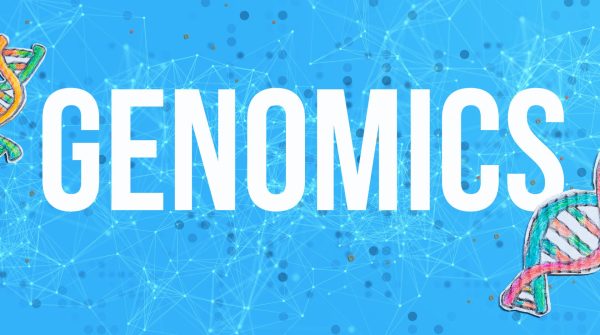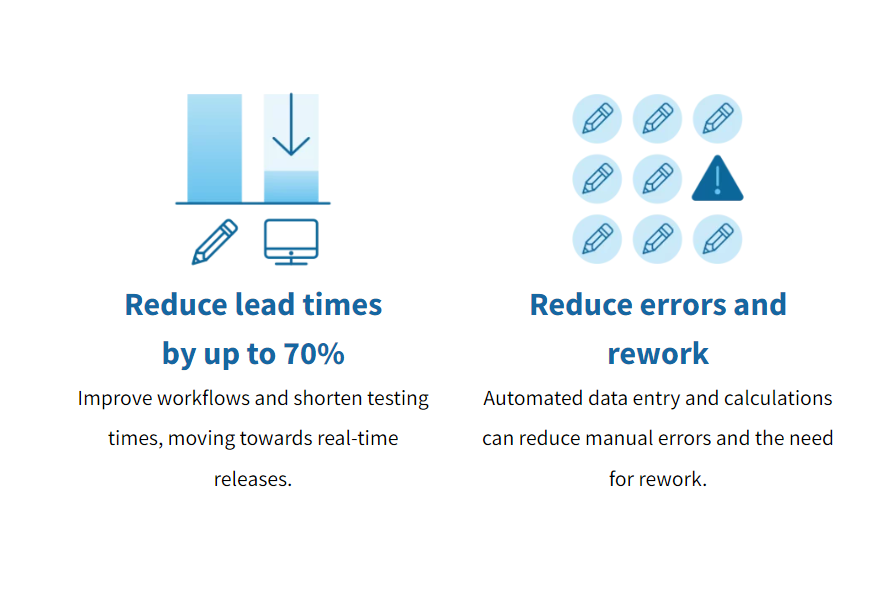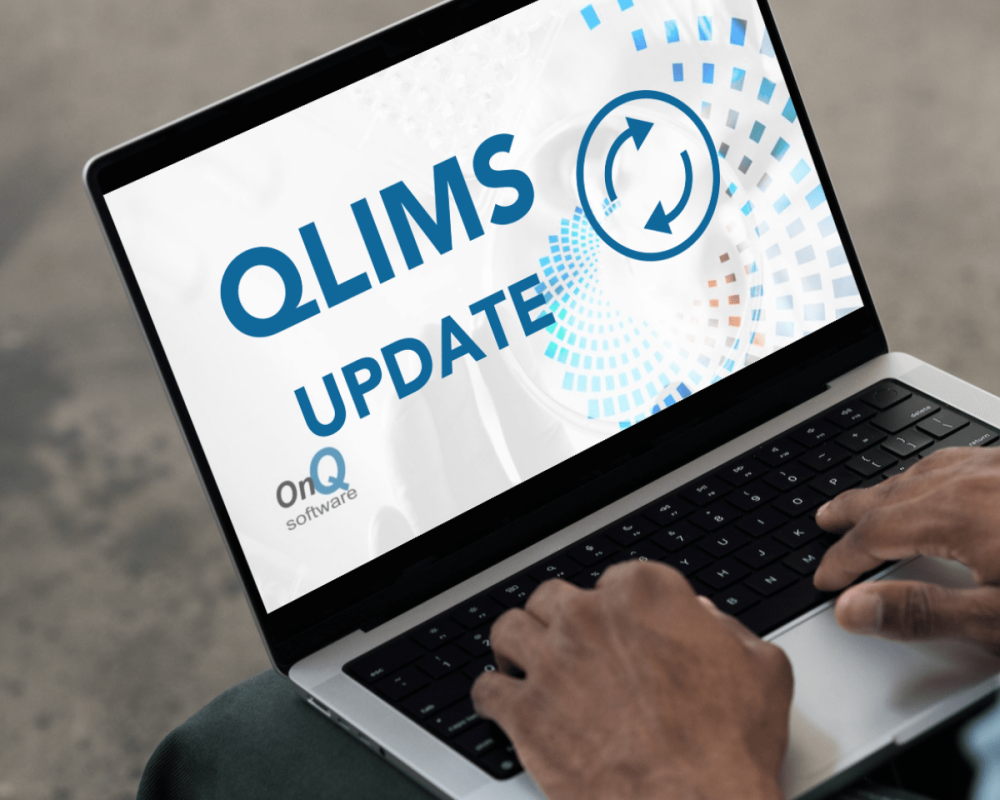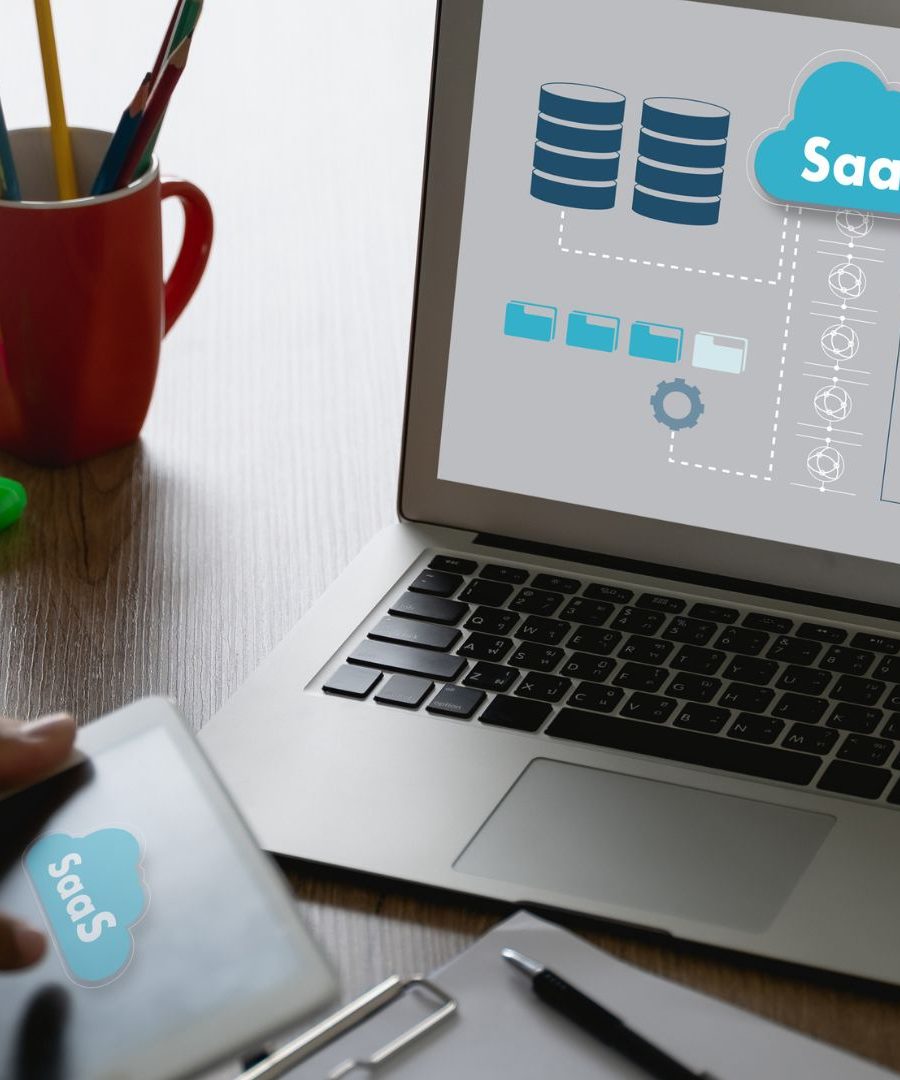Welcome to our comprehensive guide to Laboratory Information Management Systems (LIMS). Whether you’re just beginning your journey into the world of LIMS or you’re a seasoned professional looking for some clarity on common questions, you’ve come to the right place. In this blog post, we’ll shed light on the common questions in LIMS that often arise for both newcomers and those seeking to delve deeper into this invaluable technology.
1. What is a Laboratory Information Management System (LIMS)?
LIMS is software that optimises data and workflow management in a laboratory. By replacing traditional paper-based methods with a digital approach, LIMS enables labs to record, track, automate processes, integrate instruments, and ensure data accuracy. This transformation leads to improved efficiency and substantial cost savings.
2. What are the benefits of a LIMS?
LIMS offers a range of critical benefits for laboratories, including:
- Automated Workflows: Streamlining laboratory processes, minimizing manual data entry, reducing human errors, and enhancing efficiency.
- Management: LIMS provides centralized storage of all laboratory workflow and the subsidiary data required for quality control compliance.
- Data Privacy and Protection: Implementing role-based access to secure and safeguard sensitive data.
- Traceability: Tracking sample location and status throughout the lab workflow.
- Accuracy: Minimising errors in data entry and analysis, enhancing result precision.
- Regulatory Compliance: Supporting adherence to various industry regulations and standards.
It is used by all members of the laboratory team from lab managers to lab technicians as it addresses the complete workflow. The most common misconception is that LIMS is only suitable for large labs, however, the truth is that LIMS can be useful for labs of all sizes. You can also use LIMS in different types of labs, such as clinical labs, research labs, environmental labs, and manufacturing labs.
4. Is LIMS suitable for my industry?
While LIMS can be employed by laboratories across diverse industries, it’s especially prevalent in environmental, pharmaceutical, medical, nutrition, food and beverage, manufacturing, and quality assurance sectors.
5. What regulatory standards does LIMS comply with?
Depending on how the LIMS is set up it can help to comply with several important regulations, including:
- 21 CFR Part 11/Annex 11 conformance for auditing, e-signature and security for manufactured items under GMP.
- ISO 17025
- Industry standards such as GAMP.
- Security and data privacy to meet HIPAA, GDPR, CAP, CLIA, Privacy Shield and others
Support for Right of Access and Right to be Forgotten requests under GDPR.
6. How do I choose the right LIMS solution for my laboratory?
Choosing the right LIMS is crucial for optimizing your lab’s efficiency. With various LIMS options available, the selection process can be daunting.
To make this decision, consider your lab’s current processes, the LIMS’s compatibility with your lab’s goals, and its adaptability for future changes. Furthermore, choose a LIMS architecture that suits your needs and opt for a system that can grow with your evolving requirements.
We will do articles dedicated to this process as there is a lot that can and should be considered by organisations and laboratories alike.
7. Can LIMS integrate with other laboratory systems?
Absolutely! LIMS is designed for seamless integration with various laboratory systems. It can integrate with instruments, software, and other tools used in your lab, creating a comprehensive and interconnected environment.
QLIMS serves as an excellent example in this regard, owing to its robust capabilities in API and ERP integration. It has a comprehensive REST API encompassing the entire application. These features allow QLIMS to seamlessly connect with various laboratory systems and your enterprise resource planning tools.
8. How long does it take to implement LIMS in my laboratory?
The time required to implement LIMS in your laboratory can vary depending on several factors, including the complexity of your lab’s operations, the extent of customisation needed, and the readiness of your team. Typically, the implementation process can take several weeks to several months. For smaller labs with straightforward workflows and minimal customization, it may be quicker. Larger labs with more intricate processes and extensive data migration needs may take longer.
Efficient LIMS providers, like QLIMS, often offer various implementation packages tailored to your lab’s needs, making the process as efficient and streamlined as possible. By partnering with a reliable LIMS provider and having a well-defined implementation plan, you can significantly reduce the time it takes to get your LIMS up and running.
9. My company does not have an IT infrastructure to support me with the maintenance of our LIMS. Can the QLIMS team do it for me?
Yes, that’s why we offer comprehensive support and services to help you with the maintenance and management of your LIMS system.
With QLIMS and our partnership with Amazon Web Services (AWS), you’re not alone in managing your LIMS. Our experienced QLIMS team can handle various aspects of LIMS maintenance, including system updates, data backups, and ensuring system security. You can rely on our expertise to keep your LIMS running smoothly and securely, allowing you to focus on your laboratory’s core activities.
If you’re interested in learning more about how our QLIMS can benefit your laboratory or have any questions, please don’t hesitate to contact us. Our team of experts would be happy to assist you in finding the best solution for your laboratory needs.


















